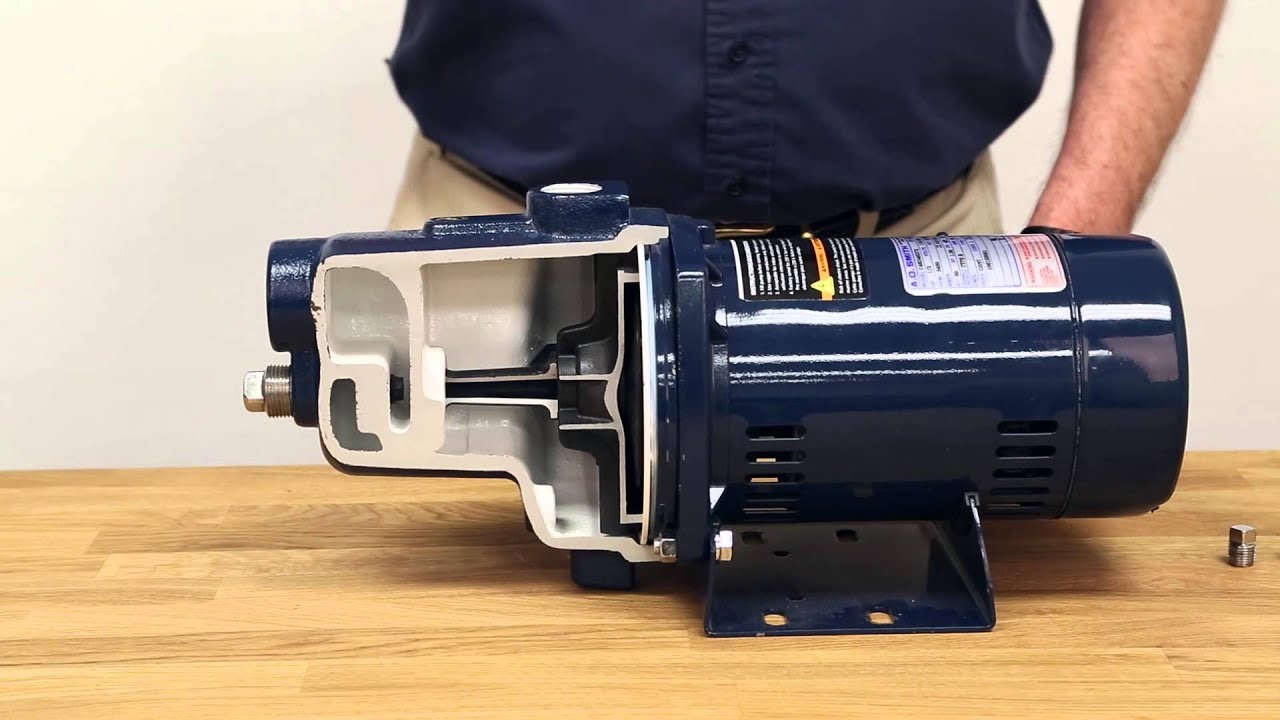

Articles
How To Keep A Water Pump From Freezing
Modified: August 31, 2024
Learn how to prevent your water pump from freezing with these helpful articles. Protect your pump and keep it running smoothly all winter long.
(Many of the links in this article redirect to a specific reviewed product. Your purchase of these products through affiliate links helps to generate commission for Storables.com, at no extra cost. Learn more)
Introduction
Welcome to our comprehensive guide on how to keep a water pump from freezing. If you live in an area with cold winters, it is important to take the necessary steps to protect your water pump from freezing and potentially causing damage. A frozen water pump can lead to broken pipes, burst fittings, and even costly repairs. By understanding the causes of water pump freezing and implementing preventive measures, you can ensure the uninterrupted flow of water throughout the winter season.
Water pumps play a crucial role in providing water for various purposes, including household use, livestock, and irrigation. However, when temperatures drop below freezing, the water inside the pump and the surrounding pipes can freeze, leading to a host of issues. The expansion of frozen water can cause pipes to crack or burst, significantly compromising the functionality of the system.
To avoid these complications, it is essential to take proactive measures to prevent water pump freezing. In this article, we will outline five effective steps that you can take to safeguard your water pump from freezing temperatures and harsh winter conditions. By implementing these measures, you can save yourself from the hassle and expense of dealing with frozen water pumps. Let’s dive in!
Key Takeaways:
- Protect your water pump from freezing by insulating pipes, keeping the pump running, and using a pump house or heat tape. Proper maintenance and drainage are essential for preventing costly damage during winter.
- Understanding the causes of water pump freezing and implementing preventive measures can ensure uninterrupted water flow. By following the outlined steps, you can safeguard your water pump and avoid the hassle of dealing with frozen pipes and fittings.
Read more: How To Keep Water Dispenser From Freezing
Understanding Water Pump Freezing
Before we delve into the preventive measures, it’s essential to understand how water pump freezing occurs. When temperatures plummet below the freezing point, any water left in the pump or surrounding pipes can solidify and expand. This expansion puts immense pressure on the pipes, often causing cracks or bursts.
One of the critical factors that contribute to water pump freezing is the lack of insulation. Insufficient insulation allows the cold air to penetrate the pump and pipes, rapidly lowering the temperature inside. Additionally, the presence of stagnant or slow-moving water increases the risk of freezing as the heat transfer to the surrounding environment is reduced.
It’s worth noting that different types of water pumps may have varying vulnerabilities to freezing. Submersible pumps, for instance, are typically more resistant to freezing due to their location underwater. On the other hand, above-ground pumps are more susceptible as they are exposed to the elements.
Another factor to consider is the power source of the pump. Electric water pumps require additional attention in freezing conditions as prolonged exposure to cold temperatures can affect the motor’s functionality. Gas-powered pumps, while more resilient to freezing, still need proper protection to avoid damage.
Now that we have a better understanding of how water pumps freeze, let’s explore the steps you can take to prevent these freezing issues and ensure the optimal performance of your water pump throughout the winter season.
Steps to Prevent Water Pump Freezing
Now that you understand the risks and causes of water pump freezing, it’s time to take action and implement preventive measures. Here are five steps you can take to keep your water pump from freezing:
1. Insulate the Water Pump
Proper insulation is crucial in preventing water pump freezing. Start by insulating the pipes and fittings connected to the pump using foam insulation sleeves. This will help retain the heat and prevent cold air from reaching the water pump. Additionally, consider insulating the entire pump using a pump cover or blanket specifically designed for cold weather protection. This extra layer of insulation will significantly reduce the risk of freezing.
2. Keep the Pump Running
A simple yet effective way to prevent water pump freezing is to keep the pump running. Running water is less likely to freeze compared to stagnant water. If you have a well pump, set it to continuously run water at a slow trickle. This constant flow will help prevent the water from freezing inside the pump and the pipes. Remember to check local regulations and consider the environmental impact of keeping your pump running constantly.
3. Use a Pump House or Enclosure
If your water pump is located above ground, consider building a pump house or enclosure to protect it from cold temperatures. The pump house should be insulated and provide sufficient ventilation to prevent condensation buildup. This protective structure will shield the pump from direct exposure to cold air and harsh weather conditions.
4. Install a Frost-Free Hydrant or Heat Tape
Installing a frost-free hydrant can be a game-changer in preventing water pump freezing. These hydrants are designed with a self-draining mechanism that eliminates standing water within the hydrant, significantly reducing the risk of freezing. Another option is to use heat tape, which is wrapped around the pipes to provide a constant source of heat. This helps maintain the temperature above freezing, preventing water from solidifying inside the pump and pipes.
5. Drain and Disconnect the Water Pump
If you won’t be using your water pump during the winter season, consider draining and disconnecting it. Start by turning off the power supply and then follow the manufacturer’s instructions to drain the water pump properly. Make sure to remove any remaining water to prevent freezing. Once drained, disconnect the pump from the power source, drain the hoses, and store them in a safe place until you need to use the pump again.
By following these steps and taking the necessary precautions, you can effectively prevent water pump freezing and ensure the longevity of your system. Remember that prevention is key when it comes to protecting your water pump during freezing temperatures.
Insulate the Water Pump
Insulating the water pump is a crucial step in preventing freezing and ensuring its optimal performance during cold weather. Here are some guidelines to effectively insulate your water pump:
Identify areas that require insulation
Start by examining the pump and identifying areas that are susceptible to freezing. This includes the pipes, fittings, valves, and any exposed parts of the water pump. Insulation is necessary to create a barrier between these components and the freezing temperatures outside.
Choose the right insulation materials
Selecting the appropriate insulation materials is essential for effective protection against freezing. There are various options available, including foam insulation sleeves, fiberglass insulation, and heat reflective insulation. Foam insulation sleeves are commonly used for pipes and fittings as they provide excellent protection against cold temperatures.
Wrap the pipes and fittings
Use foam insulation sleeves or fiberglass insulation to wrap around the pipes and fittings connected to the water pump. Ensure that the insulation is tightly secured using tape or zip ties to prevent heat loss or air infiltration. Pay special attention to areas where pipes are exposed to cold outdoor air or where they enter the ground or building.
Insulate the water pump
If your water pump is above ground, consider insulating the entire pump using a pump cover or blanket designed specifically for cold weather. These covers are typically made of waterproof and weather-resistant materials that offer excellent insulation and protection against freezing temperatures.
Seal any gaps or cracks
Carefully inspect the water pump and surrounding areas for any gaps or cracks where cold air can seep in. Use weatherstripping or caulk to seal these gaps and prevent drafts. This will help maintain a consistent temperature inside the pump and reduce the risk of freezing.
Monitor and maintain insulation
Regularly check the insulation on your water pump and make sure it remains in good condition. Insulation can deteriorate over time, so be proactive in replacing any damaged or worn-out insulation to maintain optimal protection against freezing.
Proper insulation is a vital measure in preventing water pump freezing. By taking the time to insulate your water pump and its components, you can significantly reduce the risk of freezing and ensure the longevity and efficient operation of your system.
Keep the Pump Running
Keeping your water pump running is a simple yet effective prevention method to avoid freezing during cold winter months. Here’s why and how you should keep the pump running:
Why keep the pump running?
Running water is less likely to freeze compared to stagnant water. By maintaining a constant flow, you prevent the water from sitting still and reaching temperatures low enough to freeze. In addition, the movement and circulation of water generate heat, further lowering the risk of freezing.
Read more: How To Keep Driveway From Freezing
Setting up a slow trickle
If you have a well pump, you can set it to run water at a slow trickle. Aim for a small flow rate that ensures a constant flow without wasting excessive water. This can be achieved by adjusting the pressure settings or installing a flow control valve. Check with a professional if you are unsure about the ideal trickle rate for your specific pump.
Consider local regulations and environmental impact
Before establishing a continuous water flow, it is important to consider any local regulations or restrictions regarding water usage. Some areas may have limitations on water consumption, especially during drought conditions. Additionally, be mindful of the environmental impact of running your pump constantly and avoid unnecessary water waste.
Power outage precautions
In the event of a power outage, keeping the pump running may be impractical. To prepare for such situations, consider having a backup power source, such as a generator, or a battery backup system specifically designed for water pumps. These backups can provide temporary power to keep the pump running and prevent freezing even during power outages.
Regularly check for leaks and issues
While keeping the pump running, it’s important to periodically check for any leaks, issues, or signs of damage. Conduct regular inspections to ensure that the pump is functioning properly and that there are no leaks in the system. Promptly addressing any problems will help maintain the efficiency and effectiveness of the water pump.
By keeping your water pump running at a slow trickle, you can effectively prevent freezing and ensure a steady flow of water during the winter season. However, it’s important to consider local regulations, environmental impact, and have backup plans in place for power outages. Regular inspections and maintenance will help keep your pump in optimal condition, providing you with peace of mind and uninterrupted water supply.
Read more: How To Keep Gutters From Freezing
Use a Pump House or Enclosure
Using a pump house or enclosure is an effective method to protect your water pump from freezing temperatures and harsh weather conditions. Here’s why and how you should consider using a pump house or enclosure:
The benefits of a pump house or enclosure
A pump house or enclosure provides a physical barrier between the water pump and the external environment, offering several advantages:
– Insulation: A pump house or enclosure can be insulated to provide an extra layer of protection against freezing temperatures. Insulation helps maintain a more stable temperature and prevents the pump from being directly exposed to cold air, reducing the risk of freezing.
– Weather protection: By shielding the water pump from the elements, a pump house or enclosure protects it from rain, snow, wind, and other weather conditions that can potentially cause damage or freezing.
– Ventilation: Proper ventilation is essential to prevent condensation buildup inside the pump house or enclosure. Adequate airflow helps regulate temperature and humidity levels, ensuring the pump remains in optimal working condition.
– Security: A pump house or enclosure provides an added layer of security against theft or vandalism. By housing the water pump in a locked structure, you can safeguard your investment and prevent unauthorized access.
Building or choosing a pump house or enclosure
If you decide to use a pump house or enclosure, follow these steps to ensure its effectiveness:
– Choose the right location: Select a location that is convenient for pump maintenance and allows proper ventilation. It should also be accessible to the water source and power supply.
– Select durable materials: Use weather-resistant and durable materials for constructing the pump house or enclosure. Common options include wood, metal, or PVC. Ensure the materials can withstand extreme weather conditions in your area.
– Insulate the structure: Insulate the walls, floor, and roof of the pump house or enclosure to provide effective insulation against freezing temperatures. Use insulation materials appropriate for your climate.
– Provide proper ventilation: Incorporate vents or louvers into the design to allow adequate airflow while preventing moisture buildup. Consider using vent covers or screens to protect against debris or pests.
– Include access and maintenance features: Incorporate doors or hatches that provide easy access to the water pump for maintenance and repairs. Ensure the design allows sufficient space around the pump for maneuverability.
– Consider aesthetics: If desired, choose a design that aesthetically complements your surroundings. This can include painting the pump house or enclosure to match your home or landscaping.
By using a pump house or enclosure, you can provide an added layer of protection for your water pump, ensuring it remains safe from freezing temperatures, harsh weather, and potential security threats. Remember to consider insulation, ventilation, and proper access when designing or selecting a pump house or enclosure.
Install a Frost-Free Hydrant or Heat Tape
Installing a frost-free hydrant or heat tape is a proactive approach to prevent water pump freezing. These solutions offer specialized features that help maintain the temperature above freezing, ensuring the optimal performance of your water pump. Here’s what you need to know:
Read more: How To Keep Hot Tub From Freezing
Installing a Frost-Free Hydrant
A frost-free hydrant, also known as a frost-proof or freezeless hydrant, is designed to prevent freezing during cold weather. Here’s how it works:
– Self-draining: Frost-free hydrants are designed with a special mechanism that allows the water to drain out when not in use. This prevents any standing water inside the hydrant from freezing and causing damage.
– Buried depth: Frost-free hydrants need to be installed below the frost line to ensure that the water supply line remains below freezing temperatures. This typically requires excavation and professional installation to ensure proper depth and connection to the water source.
– Accessible shut-off valve: Frost-free hydrants often have a shut-off valve located below the frost line to allow easy access for turning off the water supply during colder months or when not in use.
– Regular maintenance: It’s important to periodically check and maintain your frost-free hydrant, particularly before winter. Inspect for any leaks or signs of damage, and ensure that the drainage mechanism is functioning properly.
Using Heat Tape
Heat tape, also known as heat cable or heating cable, is another effective solution for preventing water pump freezing. Here’s how it can be used:
– Wrap around pipes: Heat tape is wrapped around the pipes and connected to a power source. When activated, it generates heat to keep the pipes above freezing temperatures, preventing water from solidifying.
– Choose the right type: There are different types of heat tape available, including self-regulating and constant-wattage heat tape. Self-regulating heat tape automatically adjusts its heat output based on the surrounding temperature, while constant-wattage heat tape provides a steady level of heat.
– Installation tips: Follow the manufacturer’s instructions for proper installation of the heat tape. Make sure to overlap the tape and secure it with tape or zip ties at regular intervals. Pay special attention to areas where the pump is most vulnerable to freezing.
– Regular inspection: Periodically check the heat tape for any signs of damage or wear. Ensure that it remains properly secured and connected to the power source. Replace any damaged sections promptly to maintain effective protection against freezing.
Installing a frost-free hydrant or using heat tape are reliable ways to prevent water pump freezing. Consider the specific requirements of your water pump and consult with a professional if needed to ensure proper installation and functionality. Regular maintenance and inspections are essential to keep these solutions working effectively and protecting your water pump from freezing.
Drain and Disconnect the Water Pump
Draining and disconnecting the water pump is a crucial step in preventing freezing and protecting your pump during periods of inactivity or when temperatures drop below freezing. Here’s how you can properly drain and disconnect your water pump:
1. Shut off power
Start by turning off the power supply to the water pump. This ensures that no electricity is running to the pump during the draining process, minimizing the risk of electrical accidents.
Read more: How To Keep Outdoor Pipes From Freezing
2. Drain the water pump system
Follow the manufacturer’s instructions to properly drain the water pump system. This usually involves locating the drain valve or plug on the pump and opening it to allow water to flow out. If there are multiple drain points, open them all to ensure thorough drainage.
3. Remove remaining water
After draining the system, use a sponge or cloth to remove any remaining water from the pump and pipes. This helps prevent residual water from freezing and potentially causing damage during freezing temperatures.
4. Disconnect hoses and fittings
Disconnect any hoses or fittings connected to the water pump. This includes the inlet and outlet hoses, as well as any external hoses or attachments. Check for any signs of damage or leaks and address them as needed before storing the hoses for the winter.
5. Store in a dry, protected location
Once the water pump and hoses are disconnected, store them in a dry and protected location. This could be a basement, garage, or other suitable storage area where the pump and hoses will remain safe from freezing temperatures and severe weather conditions.
Read more: How To Keep Pipes In Attic From Freezing
6. Inspect and maintain
Regularly inspect the water pump and hoses throughout the winter season to ensure they remain in good condition. Address any issues promptly to prevent further damage. Before using the water pump again in the spring, perform a thorough inspection, clean out any debris, and reconnect the hoses properly.
Draining and disconnecting the water pump is an important step in protecting it from freezing during periods of inactivity. By following these steps and properly storing your water pump, you can avoid potential damage and ensure its longevity and reliable performance for years to come.
Conclusion
Preventing water pump freezing is vital for the uninterrupted flow of water and the protection of your pump during cold winter months. By implementing the steps outlined in this guide, you can safeguard your water pump from freezing and avoid costly repairs. Insulating the pump, keeping it running, using a pump house or enclosure, installing a frost-free hydrant or heat tape, and properly draining and disconnecting the pump are all effective preventive measures.
Insulation plays a key role in protecting the water pump from freezing temperatures. Properly insulating the pipes, fittings, and the pump itself helps retain heat and prevent exposure to cold air. Additionally, keeping the pump running at a slow trickle ensures continuous water flow, reducing the risk of freezing. Using a pump house or enclosure shields the pump from the elements, while installing a frost-free hydrant or heat tape provides specialized protection against freezing.
When winterizing your water pump, it is essential to drain and disconnect it properly. This step prevents residual water from freezing and causing damage to the pump and pipes. Storing the pump and hoses in a dry and protected location further ensures their safety during the winter season. Regular inspection and maintenance throughout the winter are also crucial to address any issues promptly and maintain the pump’s optimal performance.
By following these preventive measures and taking the necessary precautions, you can protect your water pump from freezing and extend its lifespan. Remember to consult the manufacturer’s guidelines and seek professional assistance if needed. With proper care and maintenance, your water pump will continue to provide a reliable water supply, even in the coldest of winters.
Frequently Asked Questions about How To Keep A Water Pump From Freezing
Was this page helpful?
At Storables.com, we guarantee accurate and reliable information. Our content, validated by Expert Board Contributors, is crafted following stringent Editorial Policies. We're committed to providing you with well-researched, expert-backed insights for all your informational needs.
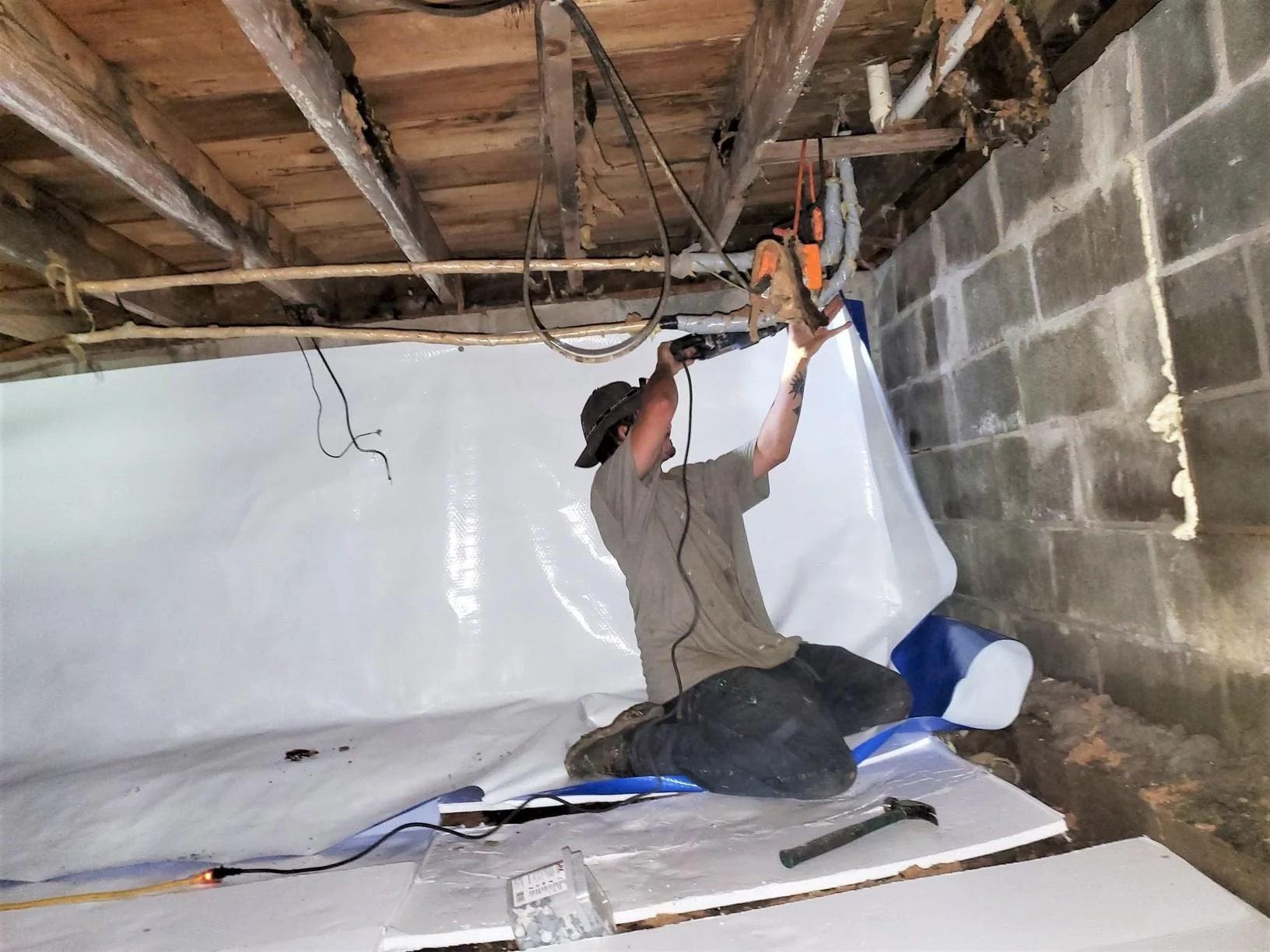
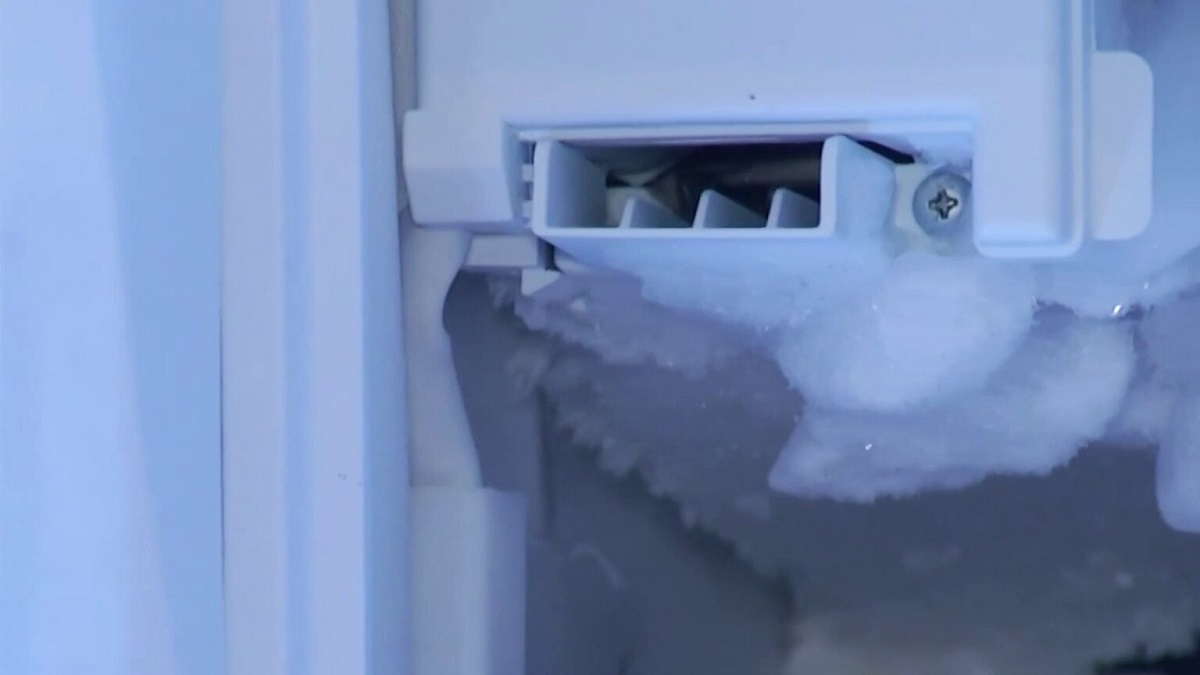
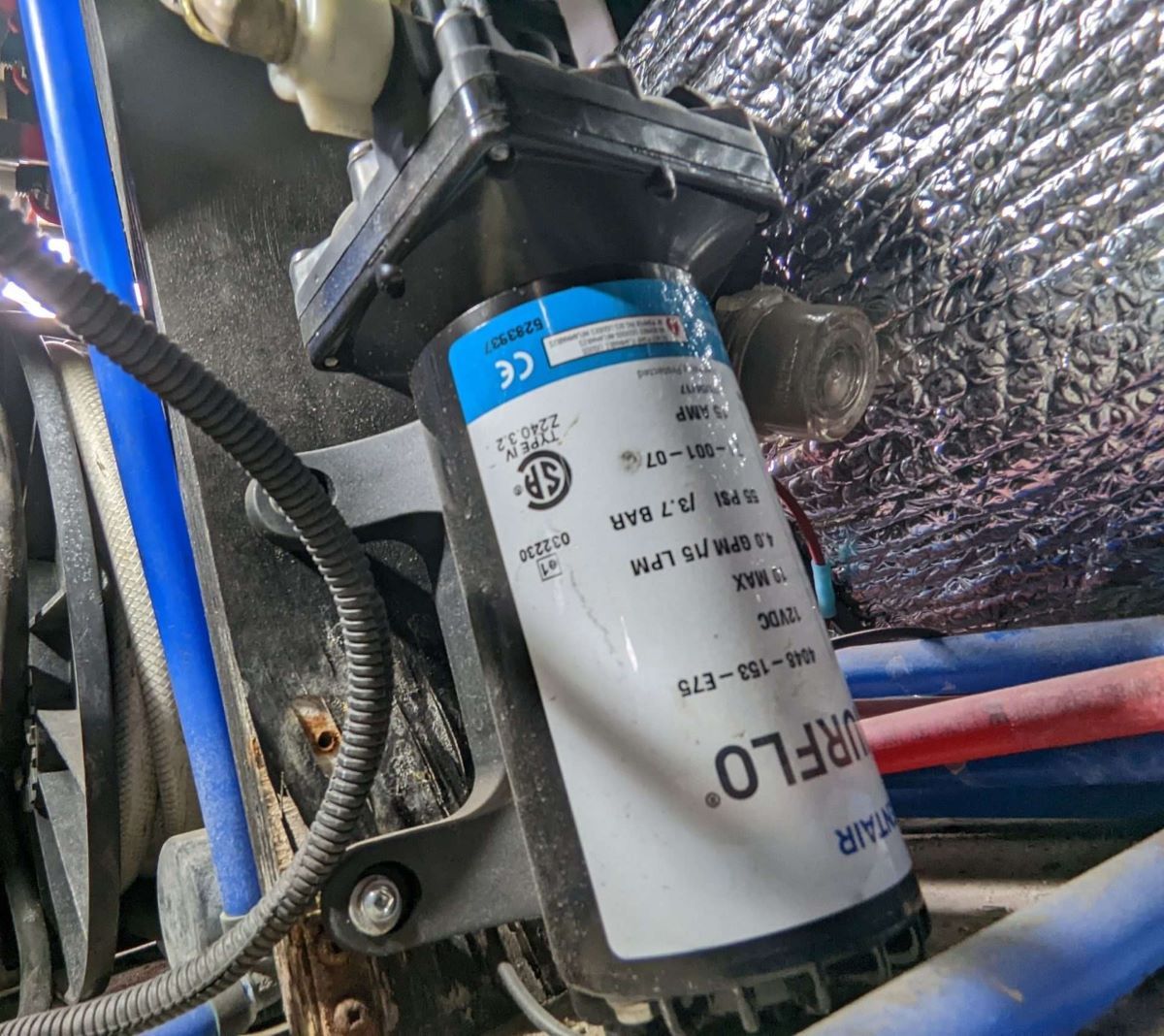
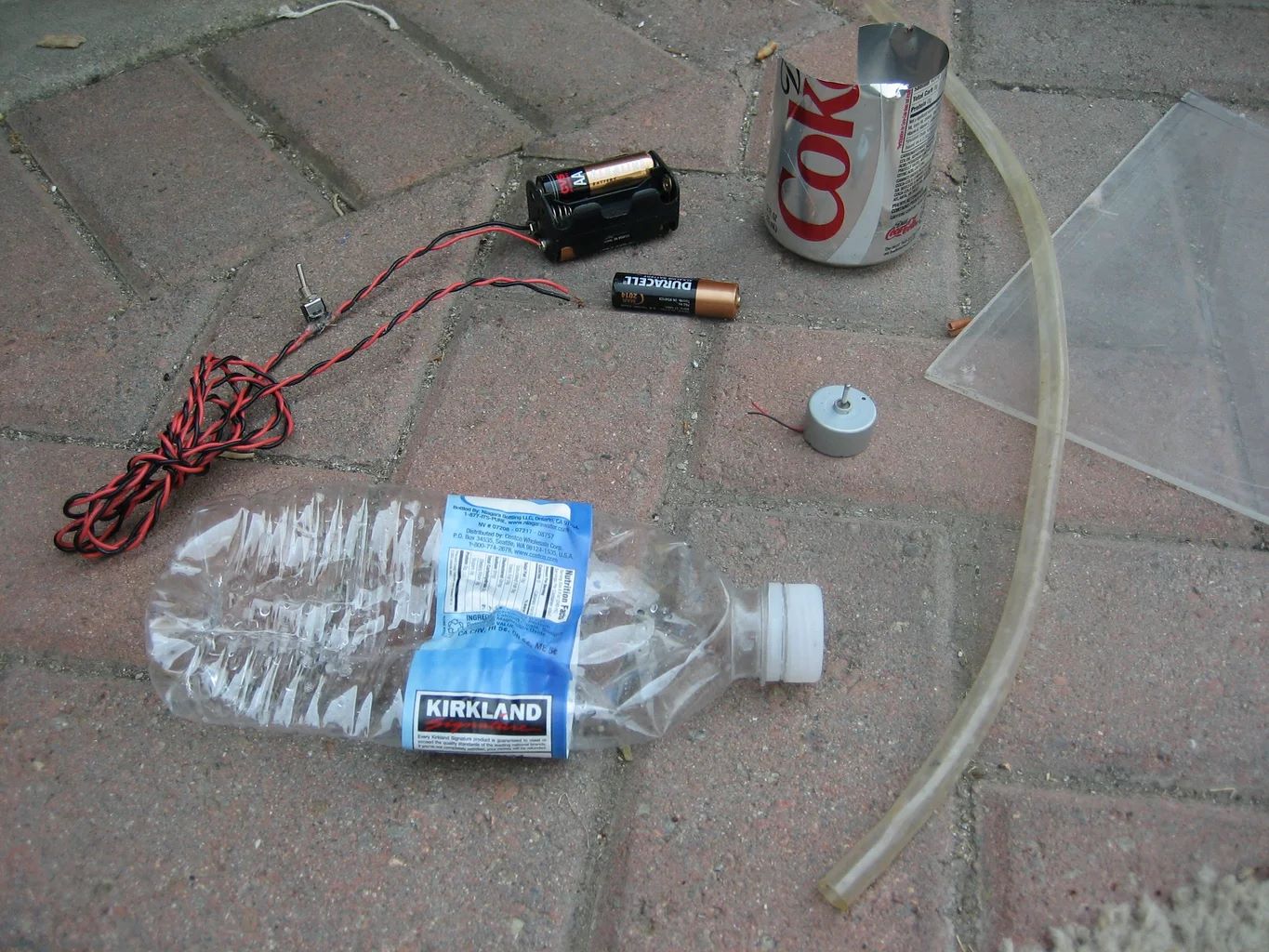
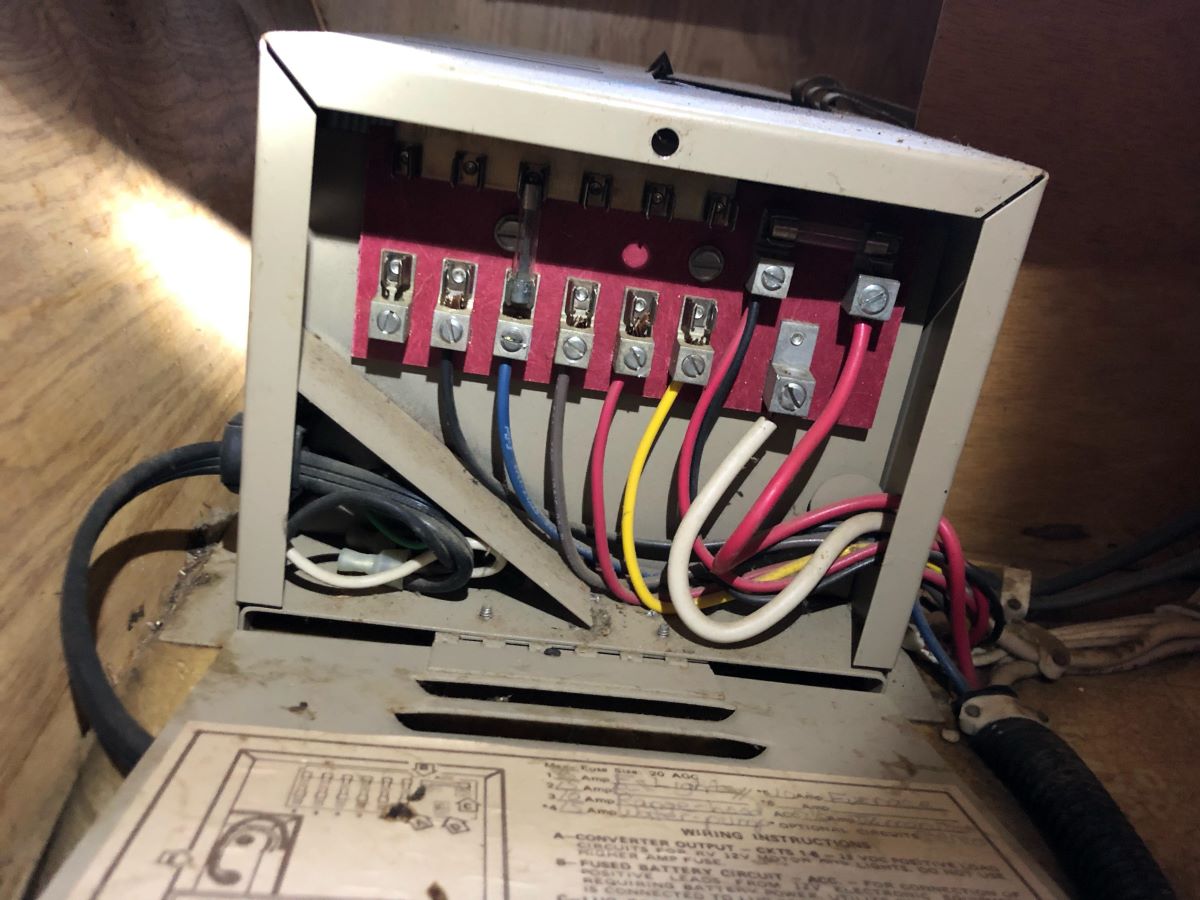
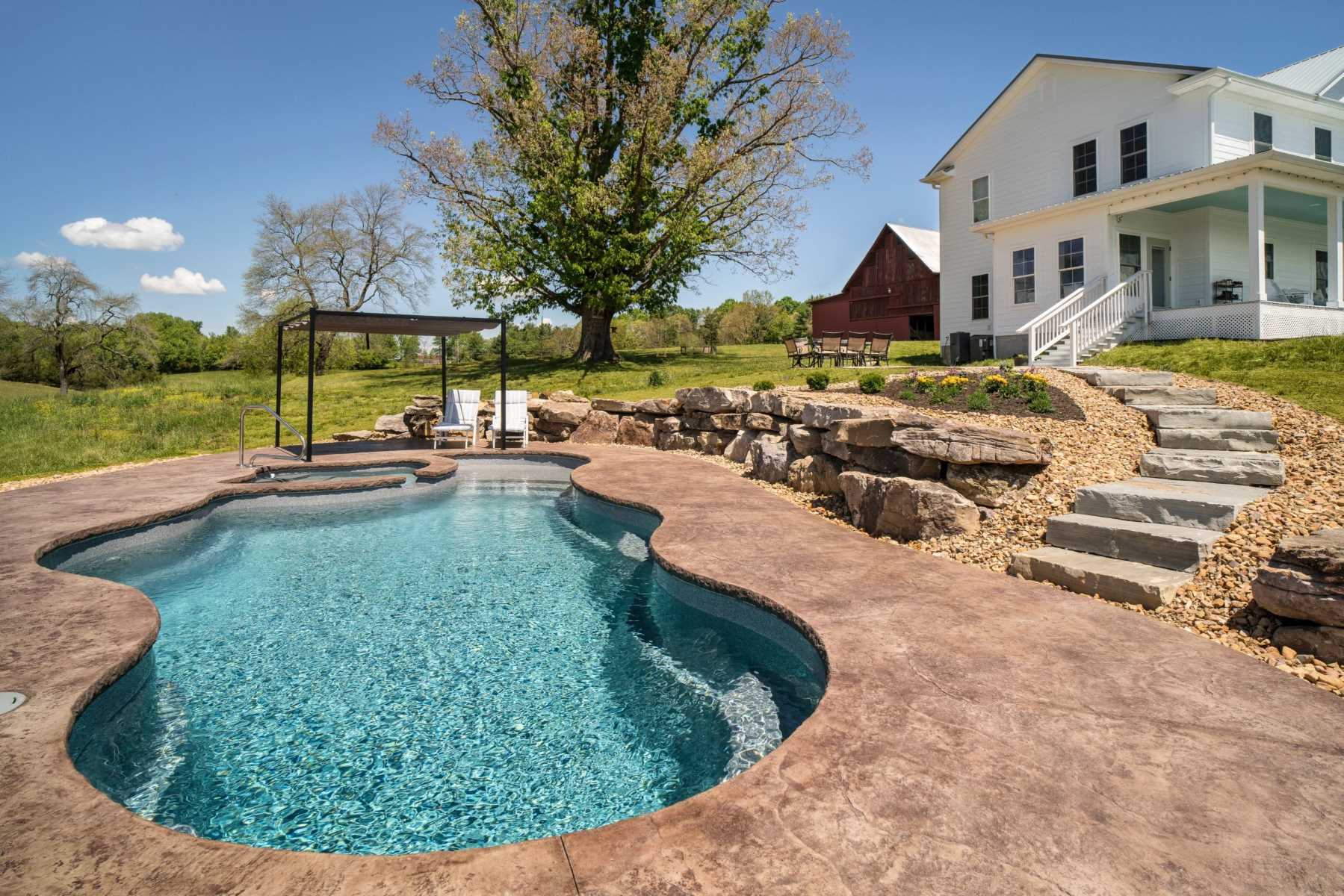
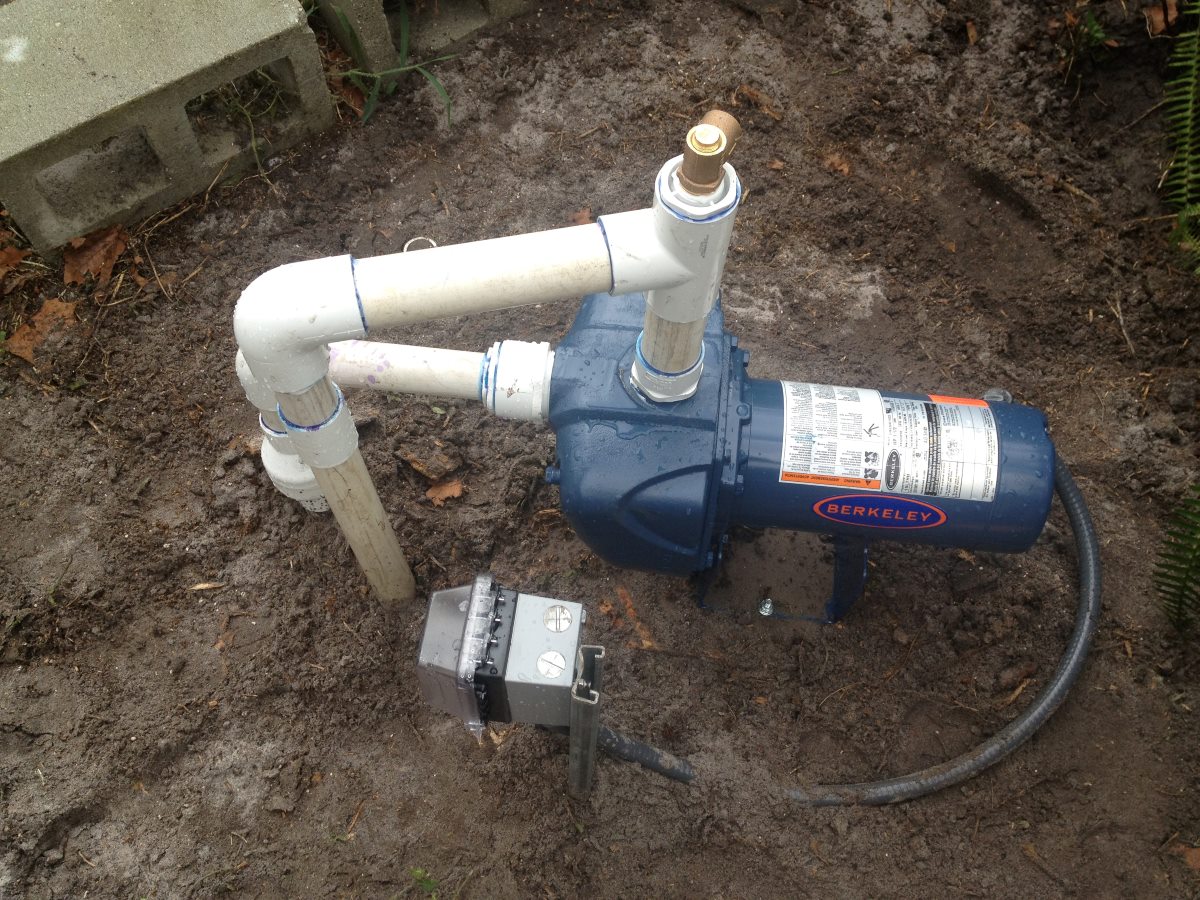

0 thoughts on “How To Keep A Water Pump From Freezing”